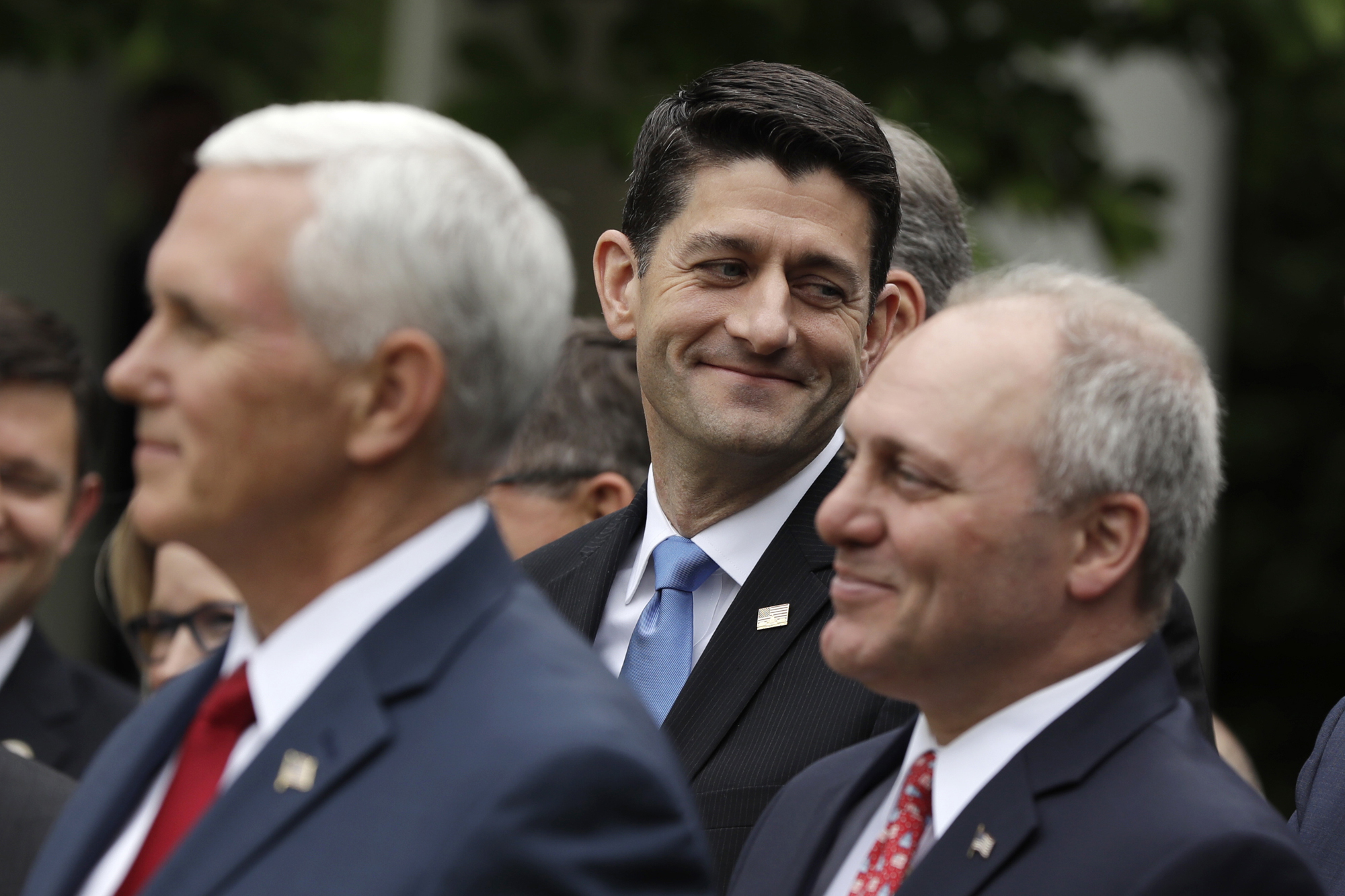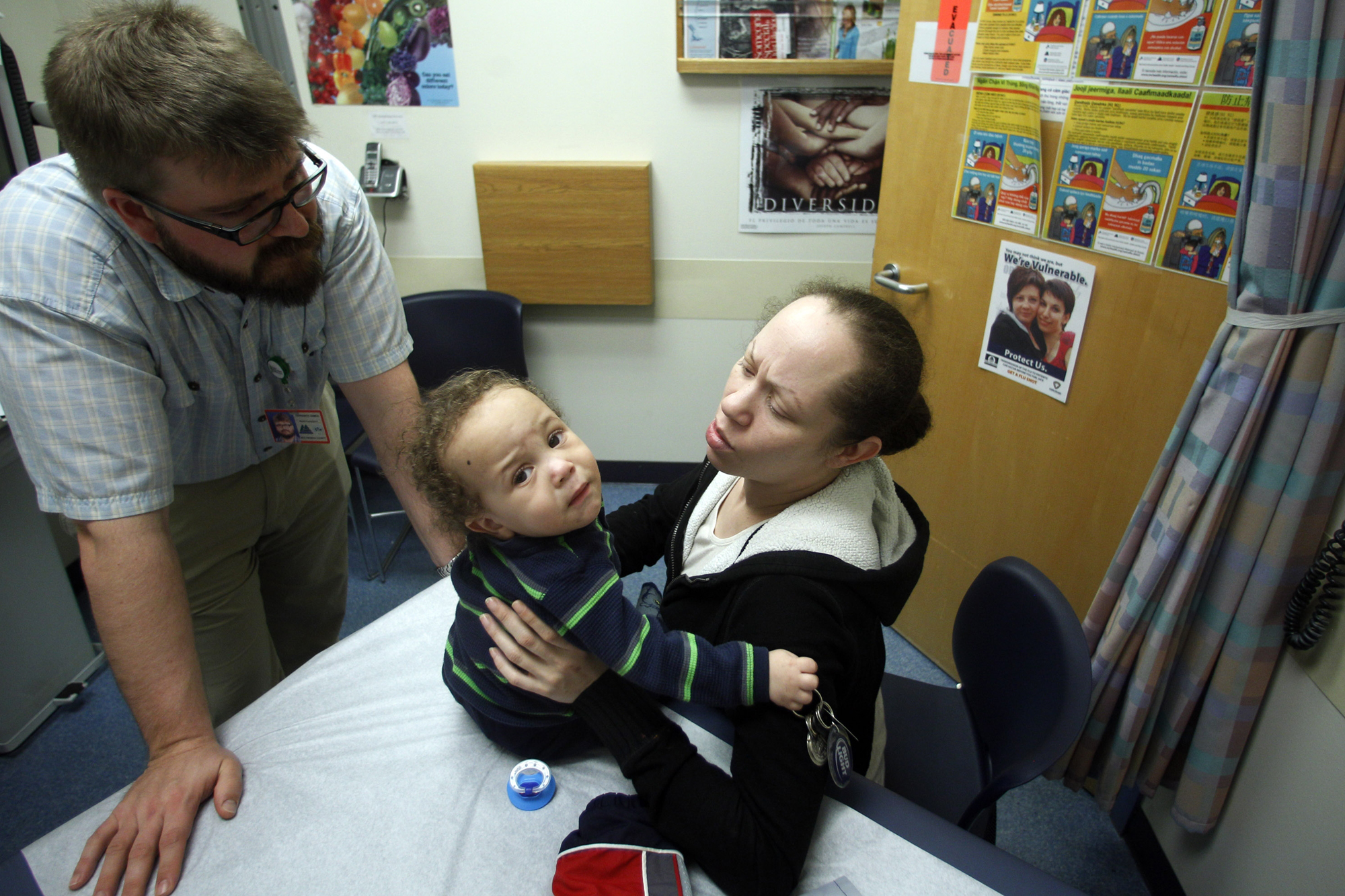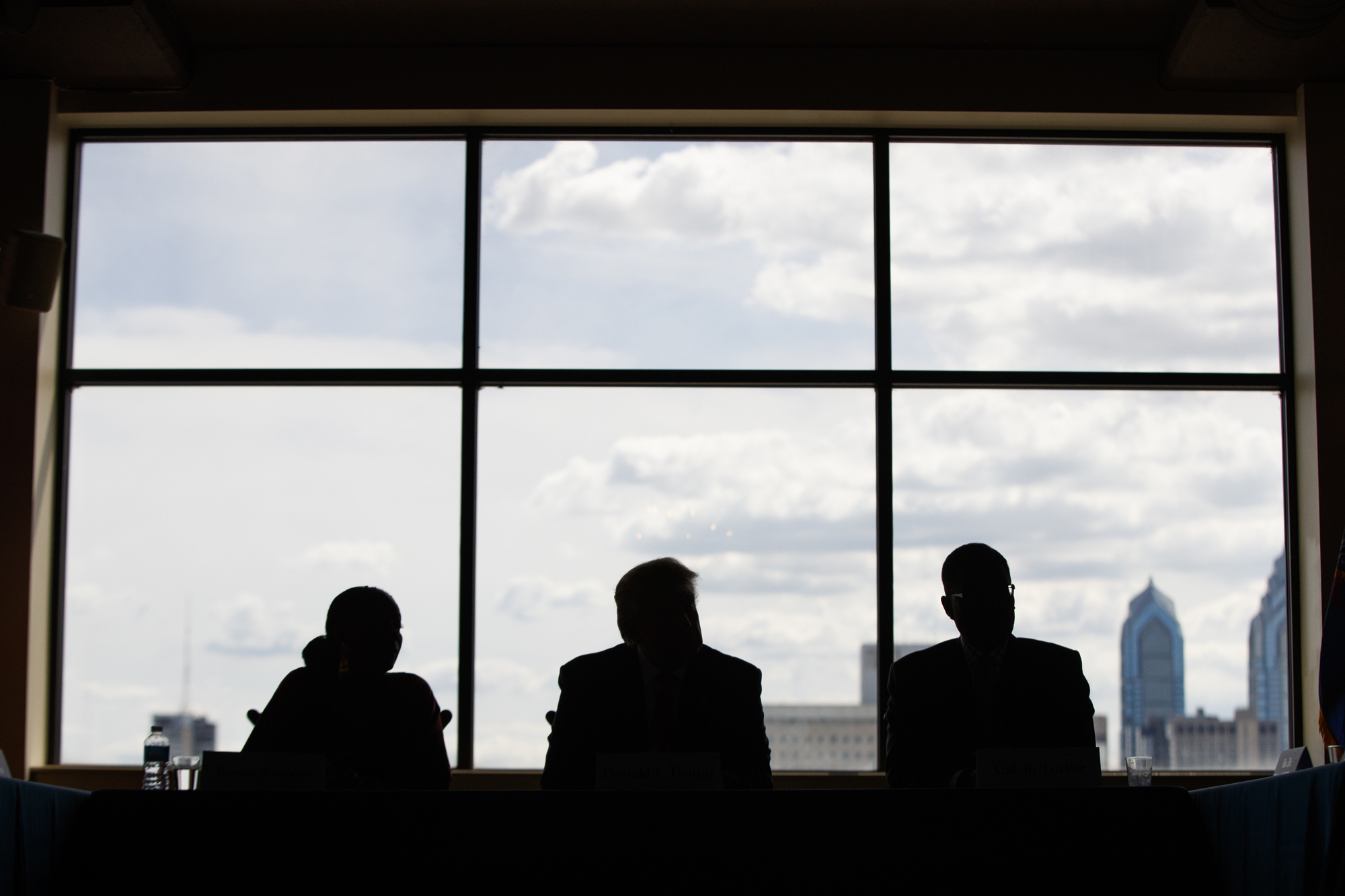I still remember the metallic taste in my mouth when I first heard about the Pulse night club shooting. I was sitting on my couch, hung over from DC Pride, scrolling through Twitter. My whole feed was full of AP alerts tallying the body count, of articles describing the lives lost, of members of the Orlando LGBTQ community searching for their loved ones. Almost immediately after that initial wave of nausea hit me, the tears came.
And for about 24 hours, maybe more, they didn’t stop.
Many LGBTQ people know what it’s like to feel rejected. Too many know what it’s like to be attacked. But to feel terrorized was a sensation that many of us weren’t familiar with. A year later, we are still grappling with it.
Get TalkPoverty In Your Inbox
I remember reading through the last names of those who were killed and seriously injured that evening. Those last names looked just like mine, and like those of the people I love and consider my chosen family. These gorgeous Latinx people went to a club—which has always been our safe place—to celebrate their community, to dance and release their inhibitions, and to be understood. Their freedom to express who they were, their right to create space in a world that didn’t always celebrate them, was brutally stomped out. There is no reconciling that.
That morning, I called my mom, wrote a piece on Medium, and then went to church. I sat with a friend, in my usual pew at St. Augustine’s—center aisle, four rows from the back—and listened to the chorale sing about love, piety, and stewardship. After the second hymn, I felt the lump begin to form in my throat and I started to cry again. Seated in a beautiful house of worship, surrounded by stained glass and marble, I felt robbed of something sacred to me: my sense of safety. I know that many of my friends felt the same way I did, and some still do.
I dragged myself into the office the next day, knowing it would be painful. I didn’t get much work done that day—at least, not as it was written in my job description. Instead, I helped fill our biggest conference room with staff who needed to feel heard and safe. We shared stories about ourselves, about our families, about being survivors of other horrifying acts of gun violence, about solidarity. The raw emotion shown in that room was so powerful. We cried and held one another, and we were honest with our allies about our fears. We gave each other what we needed that day: reassurance and compassion.
In the year that has passed since the Pulse shooting, we have learned a lot about our country. We have learned that homophobic politicians will do whatever is best for them, including ignoring the identities of the people we lost that night. We have learned that the gun lobby will use any tragedy to encourage the proliferation of gun use. We have learned that it continues to be dangerous to exist in this world as Latinx and LGBTQ, let alone both. And we have learned that the pettiness of Donald Trump, who thanked people for congratulating him “for being right on radical Islamic terrorism” instead of mourning the 49 lives we lost, knows no bounds.
But the most important lesson we have learned is that the LGBTQ community is strong. We are resilient. We are beautiful. We are politically powerful. No mad man, or coalition of racists or homophobes, can take from us what we manifest in each other: unapologetic love.











